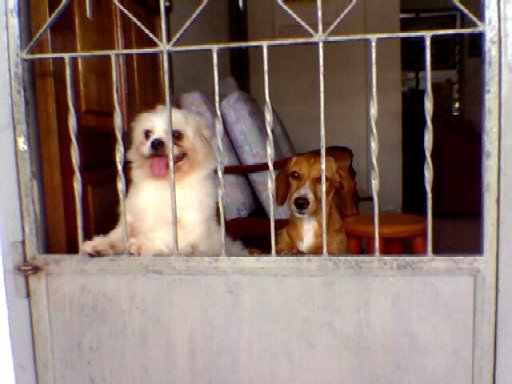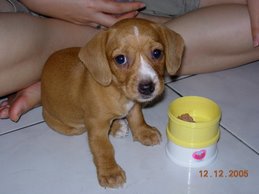Nutrition Is Key In Your Horse's Health
A horses diet plays such an important part of
their health and well being. You may have come
across the term, mud fever, rain rot, rain scald
or even streptithricosis. These sound as if they
come from standing in mud or very wet
conditions, on the contrary they come from a
nutritional deficiency within the horses diet.
The nutritional components of chaff varies from
season to season as a result of the growing
seasons weather, this article will provide some
insight into the problem
Rain rot is a disease that affects the skin of
horses. It causes scabs, which in turn causes
the horse's hair to become dull and loose on the
skin. Underneath the affected areas of hair are
patches of pink, oozing skin and scabs. These
scabs must be scraped off the horse in order to
allow the infection to clear. Extremely affected
horses may lose an excess amount of hair due to
this disease. Although it is unsightly looking,
it is actually not that bothersome for horses,
except when the scabs are removed.
Dermatophilus congolensis is the name of the
organism that causes rain rot. This organism can
be spread easily throughout the horse community
by blankets, saddle pads, grooming tools and
even scratching posts. Horses can also transmit
the organism by direct contact with each other,
since the disease is very contagious.
However, not all of these organisms thrive on
every horse. Horses can carry rain rot and not
be infected or display any symptoms. The
organisms must have a direct way into the body,
via a cut or perhaps by an open wound from a bug
bite. The organism also needs the correct
environment in order to reproduce, which is
ideally a moist or humid climate. Wet hair on
the horse, either due to the horse sweating or
from the weather, is the perfect environment for
rain rot to thrive.
Nutrition is the most important factor in
preventing rain rot. Although keeping a horse
clean and dry and not sharing grooming tools or
saddle supplies is also important to preventing
rain rot, nutrition actually plays the key role
in the health of the horse's skin. If a horse
does not have the proper horse nutrition that it
needs on a daily basis, its body cannot fight off
even minor infections such as rain rot.
It is important to the horse's overall health
that the horse is fed a proper diet. A horse
should be fed according to its age, weight and
activity level. Owners should realize that just
because a certain food has a high calorie
content does not mean that the food has the
proper nutritional requirements that the horse
needs in order to stay healthy. Horses need a
high quality grain-based food that provides them
with the proper amount of vitamins and minerals.
Oats alone is not the best choice for horses.
Horses should always have access to a salt block
designed specifically for horses, not cattle. It
is believed that feeding the horse fresh hay
before grains offers a way to stabilize the
microbes in their intestines in order help
inhibit the growth of diseases. Fresh carrots
and apples make a great healthy snack for
horses.
Treating rain rot is not difficult. The horse
must be given a bath with either regular or
medicated shampoo. This will help to remove the
scabs. There are many different antiseptic
ointments available to treat rain rot. These
products can be purchased from your veterinarian
or other equine feed supplements from specialist
stores
----------------------------------------------------
Dodson and Horrell are Europe's leading horse
feed manufacturer and provides nutrional advice
and helplines for your information
http://www.dodsonandhorrell.com
EasyPublish this article: http://submityourarticle.com/articles/easypublish.php?art_id=189414
>













.jpg)






.jpg)

0 comments:
Post a Comment